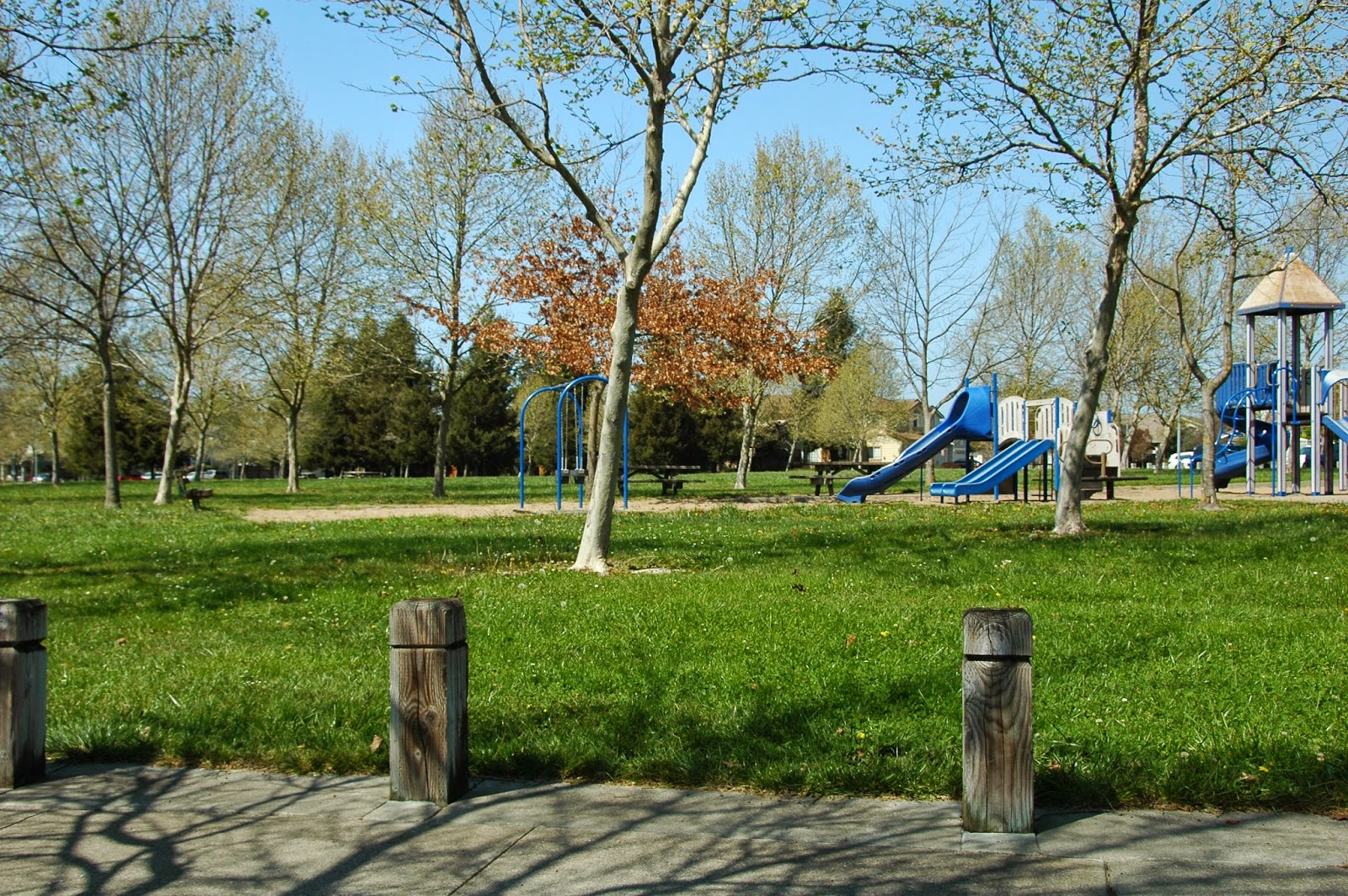Two posts
ago, I introduced an argument put forth by renowned baseball analyst Bill James,
who also comments with acuity and insight on any other subject that interests
him. In his non-baseball role, he contended
in his book “Solid Fool’s Gold” that if infinite value is assigned to any
single element of a complex decision, the resulting decision will be distorted.
As James
describes it, any two values, no matter how individually worthy on their own, will
eventually come into conflict. Whether those
values are honesty and modesty, cleanliness and punctuality, generosity and
thriftiness, or any number of other combinations, there will be some set of circumstances
that brings them into conflict. When
that conflict occurs, having the flexibility to balance competing objectives is
essential. And giving infinite weight to
one of the values eliminates that flexibility.
In James’
monograph on the subject, he challenged the TSA airline safety measures
implemented after 9/11. He also noted
the changing approach to the criminal justice system under the Earl Warren
Supreme Court.
I thought
his argument had merit and immediately applied it to a balancing of traffic congestion versus youth sports that
recently occurred in Petaluma.
But then a
possible better example came to my attention just a few miles south. Although subsequent information seemed to undermine
the value of the example, the story still contains lessons.
The tale
begins in 1984 with the approval by San Francisco voters of Proposition K, the
“Sunlight Ordinance”. Under the terms of
the ordinance, as interpreted and implemented by the San Francisco Planning Department, any proposed development
that would shade any portion of a city park, no matter how minor the shading,
requires a finding by the Park and Recreation Commission that “the shadow is
determined to be insignificant or not adverse to the use of the park”.
Accordingly,
the Commission recently denied a proposed affordable
housing project that would shade 0.07 percent of an adjoining park. 0.07 percent! It seemed a perfect example of a single
value being assigned infinite value and resulting in a flawed result.
But then
other information became evident, as might have been expected given the 30-year
lag between the adoption and the first denial.
It seems that the Parks and Recreation Commission had regularly found
shadows to be insignificant and/or not adverse, not tripping up a single
project with that hurdle until this decision.
As a result
of the long string of decisions, the Commission was coming under fire. On this specific project in the Mission
District, the neighbors were particularly adamant in their opposition and the
applicant, based on other land-use activities, was considered odious by many so
the Commission decided to finally flex their authority under the
thirty-year-old ordinance.
So, it seems
that the Mission District example had more to do with old-fashioned politics
than mis-weighted decision elements.
However, it still provides an insight into how a poorly constructed
entitlement model can lead to flawed decisions.
In the past,
I’ve expressed a concern that historic preservation, as much as I enjoy
historic settings and bemoan the loss of some buildings that I never had a
chance to experience, can sometimes be given a weight that inhibits good planning and good social policy.
Also, I once
lived in a county that had a very strict sunlight protection ordinance,
although the focus of the rule was the access of sunlight to photovoltaic arrays,
not to parks. As I recall, single-family
homes were allowed to cast no shade on neighboring lots beyond which would be cast
by existing trees and by a hypothetical eight-foot fence at the property
line. The shading potential was to be calculated
for the hour before and after solar noon on the shortest day of the year. And that standard was absolute, with no
exceptions for “insignificant or not adverse” impacts.
Applying the
standard required astronomical calculating skills, three-dimensional geometry,
and assumptions about how much shade a 70-foot pine tree actually cast. All were interesting exercises.
And as much
I approved the preservation of solar access for alternative energy generation,
I wasn’t sure if the effect of spacing houses further apart, inhibiting
walkability, was truly good public policy.
So even if
the Mission District example didn’t quite make the point it first seemed, it
and the other examples noted above still offer good lessons about how an
entitlement process can go awry if we don’t allow competing objectives to be
reasonably balanced.
And urbanism
in particular would suffer under a flawed entitlement model.
It’s been
about a year and a half since I wrote about the City Repair concept, a way of mobilizing
neighborhoods to add character and function to their communities beyond what
city hall can do. It’s time for an
update, which I’ll provide in my next post.
The results are mostly unimpressive, but there has been one unexpected
success.
As always,
your questions or comments will be appreciated.
Please comment below or email me.
And thanks for reading. - Dave Alden (davealden53@comcast.net)

No comments:
Post a Comment